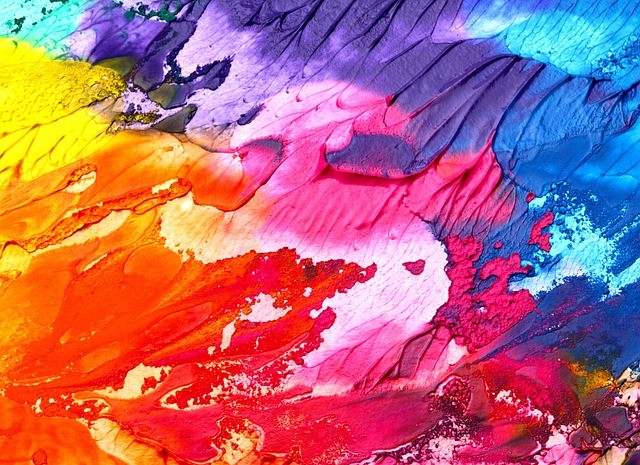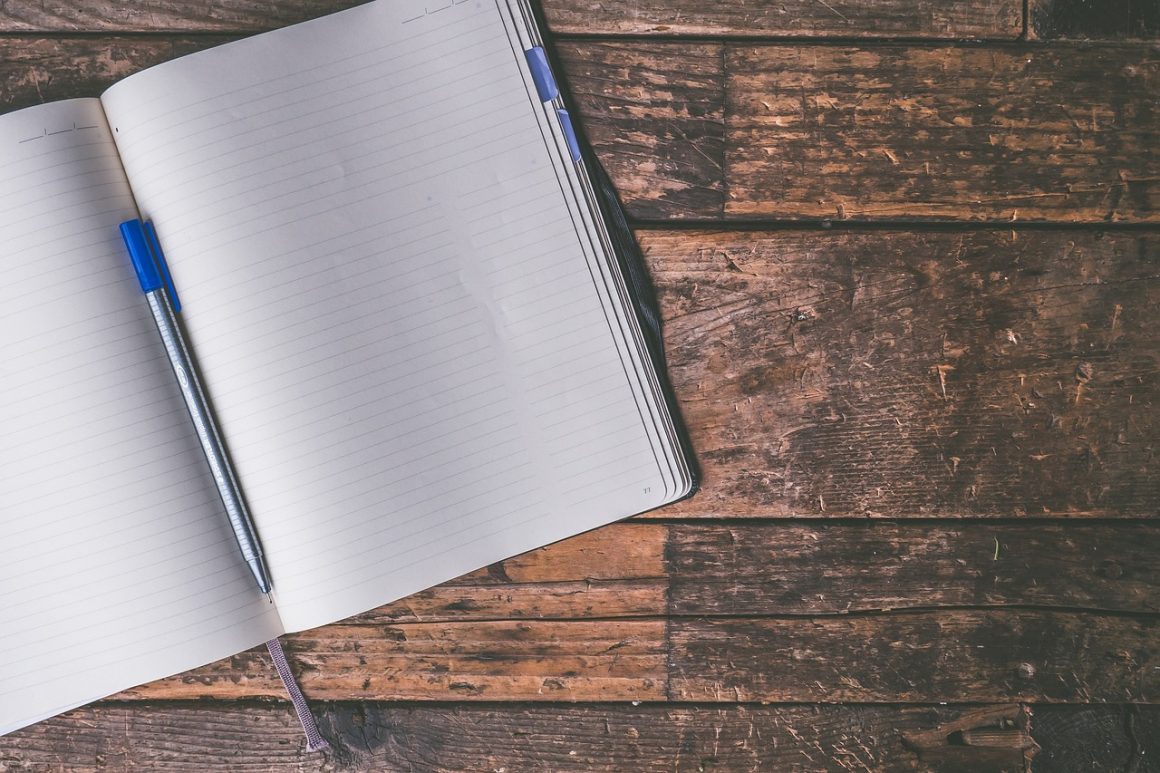When it comes to painting with watercolors, the spaces in which you don’t paint can be just as critical as those that you do.
Of course, when you’re using paint that tends to be watery or runny, it can be hard to prevent it from marring the spaces that you want to leave white or highlighted.
This is where the masking fluid comes in. Learning how to use masking fluid requires time and practice. Accordingly, it’s wise to do some experimentation before you dive into a painting that you’re intending to display or sell.
Use the following tips and instructions to begin your journey toward using masking fluid like a pro.
What Is Masking Fluid?
Experienced artists who work in watercolors wouldn’t dream of beginning a piece without using masking fluid first. In fact, many of them say that applying masking fluid first is one of the things that allows them to work in a more dynamic and natural way.
How is it possible for one product to accomplish this?
Masking fluid essentially is liquid latex. When you begin a painting by applying it to certain areas of the paper, then the paints cannot penetrate these areas. This means that you are preserving parts of the paper to remain bright white in the finished product.
Accordingly, your painting can have dazzling white highlights that you might use for things like snowflakes, the stars in a nighttime sky, or the snow on top of a mountain.
Once the painting is complete, the masking fluid is removed with a special eraser, revealing all of those dazzling and indispensable areas of white.
Unfortunately, successfully applying masking fluid is an art in itself. Using it requires a great deal of practice.
Use the following tips to guide your exploration of masking fluid.
1. Choose Your Paper Wisely
Using masking fluid is pretty tough on paper. This means that you have to choose a durable paper that can stand up to the application of the masking fluid and its removal with an eraser. Make certain that you use watercolor paper.
2. Have a Complete Plan
Using masking fluid in watercolor requires that you have a thorough plan before you pick up a brush or other masking fluid applicator. Novice artists, and even those with quite a bit of experience, frequently start with a sketch on the page so that they can decide which areas of the painting to highlight and which to leave alone.
Too many new artists make the mistake of not planning the application of masking fluid carefully enough, and this means that the work is ruined before it’s begun.
3. Consider Diluting the Masking Fluid
If you are using masking fluid from a bottle, then you may discover that it is too thick to behave as you would like it to. In this case, it may make sense to dilute the masking fluid with some water. This makes it possible to create fine lines or areas of spatter.
4. Keep Soapy Water at Your Side
When using bottled masking fluid, apply it with an older brush that no longer has the point and spring that it used to. Dip the brush into a jar of soapy water, then pat it on a paper towel.
With the brush’s hairs coated in a solution of weak detergent, the masking fluid is unable to cling to the hairs. This makes it much easier to transfer the masking fluid from the brush onto your paper.
The soap also has the effect of preventing the masking fluid from drying out too fast, which keeps it from clogging up your brush.
When the brush is not in use, let it rest in the jar of soapy water.
5. Allow Time for Drying
Before applying masking fluid, ensure that your stretched paper is thoroughly dry. If you begin applying the masking fluid while the paper is wet, the fluid may be able to penetrate the top layer of the paper, which may lead to tears in the paper when you remove the masking fluid.
Similarly, make sure that the masking fluid is dry before you begin painting. Carefully use the tip of your finger to touch the masking fluid when you think it is dry. If any of the fluid comes away on your fingertip, then let the paper dry some more.

How to Use Masking Fluid
If you are using a masking fluid that is dispensed from a bottle, follow these steps for application.
1. Make a Plan
Sketch your drawing on a prepared sheet of watercolor paper. It’s wise to know exactly where you want your highlights to be in the beginning because it’s not possible to add masking fluid later in the painting process.
2. Prepare Your Masking Fluid
The last thing you want is bubbles in your masking fluid. Accordingly, it makes sense to stir it carefully. Gently use a stir stick or simply roll the bottle between your hands.
If the bottle of masking fluid does not have a built-in applicator, pour the necessary amount of the product into a container and replace the lid on the bottle of masking fluid to prevent it from drying out.
If the masking fluid is too thick, consider diluting it by adding a small amount of water. Do this slowly and with care because if it gets too thin, then the masking fluid can be all-but-impossible to remove from the paper.
3. Apply the Masking Fluid
Using an old brush, paint with the masking fluid just as you would with paint. Lay down a layer that’s thick enough to completely cover the paper. However, take care to not lay it on too thick, as then it will take too long to dry.
4. Let the Masking Fluid Dry
Check to ensure dryness by looking for a sheen on the masking fluid. It should be a dull finish when it is dry. You also may touch it with the tip of a finger to test it.
5. Add Paint
Paint with watercolors as you normally would.
6. Remove Masking Fluid
Allow the paint to dry, then use your fingertips or a special-purpose eraser to remove the masking fluid.
7. Do a Little Touchup
Masking fluid can leave hard edges between areas that were painted and those that were masked. Soften these with a damp brush that reactivates the paint so that the edges can be blended.

How to Use Masking Fluid Pen
1. Make a Plan
Even when you’re not using a masking fluid brush, planning is critical.
2. Prepare Your Masking Fluid
This is easier with a pen. Just give it a shake, and then prime the pen by pressing the tip onto a piece of scrap paper. When the tip is saturated, it’s ready for use.
3. Apply the Masking Fluid
Draw or write with the marker just as you would with any pen. Light, steady pressure gives you consistent lines.
4. Let the Masking Fluid Dry
When working with a marker, it’s just as crucial that you wait for the masking fluid to dry before you begin painting.
5. Add Paint
Now is the time to let your creativity take flight.
6. Remove Masking Fluid
Your fingertips or an eraser will work well. Also, consider using a pair of tweezers to remove those really small areas of dry masking fluid.
7. Do a Little Touchup
You may notice that removing the masking fluid has left you with ridges of paint where the watercolors and the masking fluid meet on the page. A slightly damp brush can smooth out these rough patches. It also is possible to add a bit of paint now to any areas that you masked off in error.
Making the Decision
Is using masking fluid in watercolor right for you? It is a technique that is a bit tricky. However, experienced artists know that the white spaces and highlights in a painting are just as important as all of the colors. This means that using masking fluid is an essential part of watercolor painting.
Don’t be afraid to practice these masking fluid tips at home. It also may make sense to experiment with a variety of bottled masking fluids as well as masking fluid markers.
Many novice artists prefer to use markers as they get used to the technique. Later, they may find that they appreciate the versatility of the bottled product.


